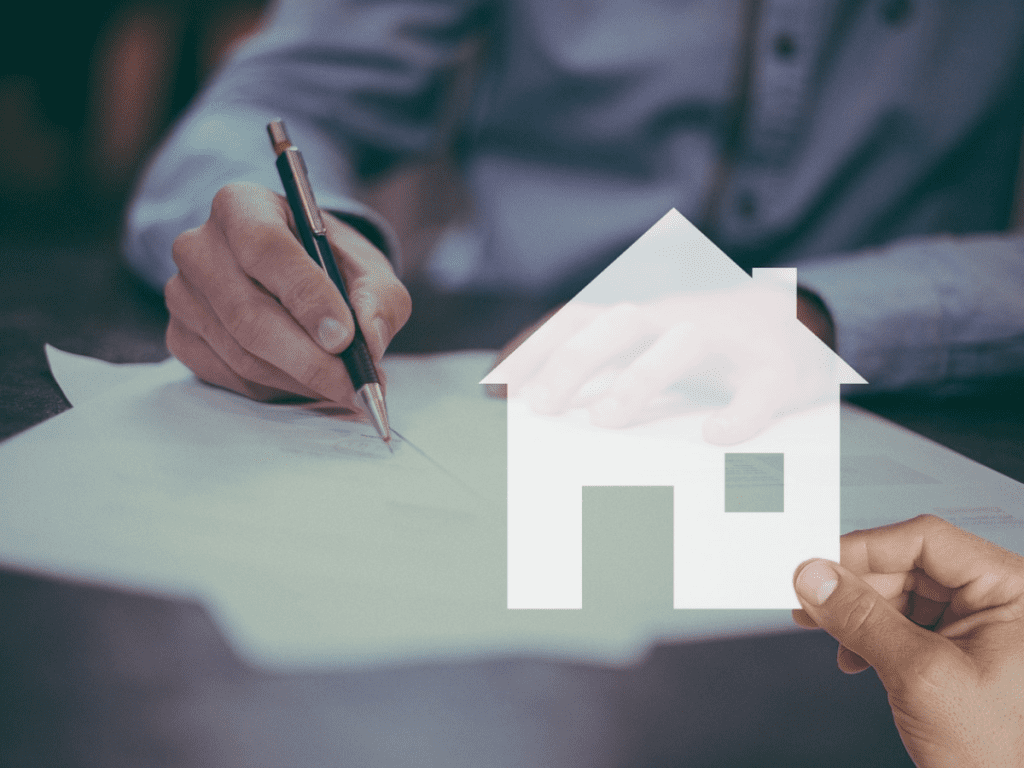introduction
Purchasing your first home is an exciting milestone, but navigating the world of mortgages can be overwhelming. Understanding the basics of mortgages, how to qualify, and the steps involved can make the process smoother and less stressful. This guide breaks down everything first-time homebuyers need to know to confidently approach the mortgage process.
1. What is a Mortgage?
A mortgage is a loan specifically designed to help you buy a home. You borrow money from a lender and agree to repay it over time, typically in monthly installments, which include:
- Principal: The amount you borrow.
- Interest: The cost of borrowing the money, expressed as a percentage of the loan amount.
- Taxes and Insurance: Property taxes and homeowner’s insurance may be included in your monthly payments.
Your home serves as collateral for the loan, meaning the lender can take ownership if you fail to make payments.
2. Types of Mortgages for First-Time Homebuyers
Several types of mortgage loans are well-suited for first-time homebuyers:
Fixed-Rate Mortgages
- Features: A stable interest rate and consistent monthly payments throughout the loan term.
- Best For: Buyers planning to stay in their home long-term.
Adjustable-Rate Mortgages (ARMs)
- Features: Lower initial rates that adjust after a fixed period (e.g., 5 or 7 years).
- Best For: Buyers planning to sell or refinance before the rate adjustment.
FHA Loans
- Features: Backed by the Federal Housing Administration, these loans have low down payment requirements (as low as 3.5%) and are more forgiving of lower credit scores.
- Best For: Buyers with limited savings or lower credit scores.
VA Loans
- Features: Offered to eligible veterans, active-duty service members, and their families, VA loans often require no down payment and have competitive rates.
- Best For: Qualified military personnel and veterans.
USDA Loans
- Features: Designed for rural and suburban homebuyers, these loans often require no down payment and have lower interest rates.
- Best For: Buyers in eligible rural areas with moderate or low incomes.
3. How Much Can You Afford?
Before applying for a mortgage, determine how much you can comfortably afford:
- Budget for Monthly Payments: Include the mortgage payment, property taxes, insurance, and maintenance costs.
- Down Payment: Aim for at least 3% to 20% of the home’s purchase price, though some loans allow for smaller down payments.
- Emergency Savings: Ensure you have funds for unexpected repairs or expenses.
Use a mortgage affordability calculator to estimate your budget and avoid overextending yourself financially.
4. Preparing to Qualify for a Mortgage
Lenders evaluate your financial health to determine your eligibility and loan terms. Here’s how to prepare:
Credit Score
- A higher credit score improves your chances of approval and secures better interest rates.
- Check your credit report for errors and take steps to improve your score by paying down debts and making payments on time.
Debt-to-Income Ratio (DTI)
- Your DTI compares your monthly debt payments to your income.
- Aim for a DTI below 43% to qualify for most loans.
Employment and Income Stability
- Lenders prefer a consistent employment history (usually two years or more) and sufficient income to cover your mortgage payments.
Savings
- Save for a down payment, closing costs (usually 2%–5% of the home’s price), and reserves to cover 3–6 months of expenses.
5. Steps to Secure a Mortgage
Step 1: Get Preapproved
- Preapproval involves a lender evaluating your financial information to determine how much they’re willing to lend.
- Benefits: It shows sellers you’re a serious buyer and helps you narrow your home search to properties within your budget.
Step 2: Shop Around for Lenders
- Compare rates, terms, and fees from multiple lenders to find the best deal.
- Consider banks, credit unions, mortgage brokers, and online lenders.
Step 3: Choose the Right Loan
- Select a mortgage type that aligns with your financial goals and budget.
Step 4: Submit Your Application
- Provide documentation, including proof of income, tax returns, bank statements, and credit information.
- Be prepared to answer questions about your finances during the underwriting process.
Step 5: Home Appraisal and Inspection
- Lenders require an appraisal to confirm the home’s value, and inspections ensure the property is in good condition.
Step 6: Close on Your Loan
- Review and sign the final documents, pay closing costs, and officially become a homeowner.
6. Common Mistakes to Avoid
- Skipping Preapproval: Without preapproval, you may face delays or lose out to other buyers.
- Overextending Your Budget: Stick to what you can afford, even if you qualify for a larger loan.
- Ignoring Additional Costs: Budget for closing costs, taxes, and maintenance.
- Failing to Shop Around: Comparing lenders can save you thousands over the life of the loan.
7. Tips for First-Time Homebuyers
- Consider First-Time Buyer Programs: Many states and local governments offer grants, tax credits, and low-interest loans to help first-time buyers.
- Lock in Your Interest Rate: Protect yourself from market fluctuations by locking in your rate once you’ve found a favorable option.
- Read the Fine Print: Understand all terms and fees associated with your loan before signing.
Conclusion
Buying your first home is an exciting journey, and understanding mortgages is a crucial part of the process. By preparing your finances, researching loan options, and working with trusted professionals, you can confidently navigate the mortgage process and secure the home of your dreams. Take your time, ask questions, and make informed decisions to ensure a smooth and successful home-buying experience.

